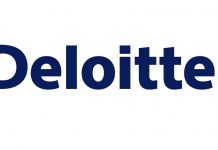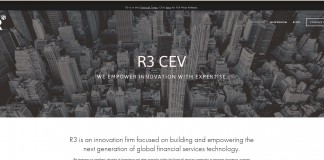We are seeing that the overwhelming trend in distributed ledger technology is that it is being developed in a fairly open source environment.
Bitcoin and Ethereum are open source projects and changes to the code can be made by any contributor on the Github for each project. Because these are live projects, any changes to the code results in having to accept the changes formally by downloading a new version of the client software. In order for that change to be accepted a majority of the network involved in ‘mining’ or validating transactions need to accept the changes.
Observers sometimes consider Bitcoin to be more conservative about making big changes. Bitcoin seemingly faces a challenge of being able to add enough transactions in one block to satisfy the increased demand for bitcoin. This results in delayed confirmation times. Understandably, with bitcoin, there is often a reticence to execute radical changes to the software as billions of dollars of value is at stake.
On the other end of the spectrum is Hyperledger - a Linux Foundation run distributed ledger project. Hyperledger is an enterprise-led distributed ledger initiative with main code contributors being IBM and Intel. The blockchain is modular but does not exist on a public network like Bitcoin. The main utility of the Hyperledger project is to build a modular code library (as a standard) for the deployment of distributed ledgers. It can be assumed that the Hyperledger network instantiations will be mostly private.
With respect to the Ethereum project, the community have been more willing to experiment with changes to the client software and updates compared with bitcoin. This has been true from the outset of the project. Another departure from bitcoin is that the Ethereum client software is easily available to used in private networks, and is regularly being used for such. On Microsoft’s cloud service Azure, it is possible to set up a ‘private’ version of Ethereum based on the Ethereum client software. The ‘culture’ of Ethereum is therefore a hybrid of private and public distributed ledger innovation.
Ethereum’s main USP is the fact that it gives developers the tools, such as its native coding language Solidity, to write complex smart contracts that can run on distributed ledgers; as such it appeals to a wider development community.
Interledger is an open-source protocol to create an abstract layer for payments on top of all other ledgers. Essentially to achieve interoperability between payment ledgers. This project was initiated by Ripple, and now BigchainDB - a big data distributed ledger protocol - has been a significant contributor of code.
Corda, the ledger protocol of R3CEV, is privately being developed amongst its banking members although R3 intends to make it open source. This particular protocol embeds smart contracts and has possible similarities to Ethereum, although the creators emphasise that it offers a more granular solution with respect to data sharing on its distributed ledger.
Another trend that we are finding in the blockchain industry is that businesses innovate together. There are a remarkable number of consortia in existence, including R3CEV , China Ledger-Shenzhen Consortium, Russian newly formed consortium, a consortium of credit unions in the United States and other more specialist consortia.
There may be a few driving forces behind the formation of consortia.
- Businesses realise that the value of distributed ledger comes from not internalising the technology but ‘sharing it’ with stakeholders to use and recognise.
- Businesses may be unclear over whether distributed ledgers can offer a benefit for their business and so being part of a consortium allows them to observe the use-cases being built without having to make a commitment to build something in particular.
- Consortiums can be pre-cursors to standards acceptance. If the members in R3 like Corda then most likely they will use Corda as the new standard for writing derivative contracts between them.
So part of the momentum found in consortia is the need to understand the relevance of distributed ledger technology when applied to a particular business. With that clearer understanding businesses can make a better deep-dive into a particular problem they want to fix using a distributed ledger.
Undoubtedly a production ready distributed ledger solution will not be quite as easy (yet) as setting up a WordPress with a market for plug-ins. For businesses who intend to build a proof of concept (PoC) to fix a problem they have or their industry has, they will need to either set up an internal blockchain team, consult with a vendor or work with a blockchain startup.







